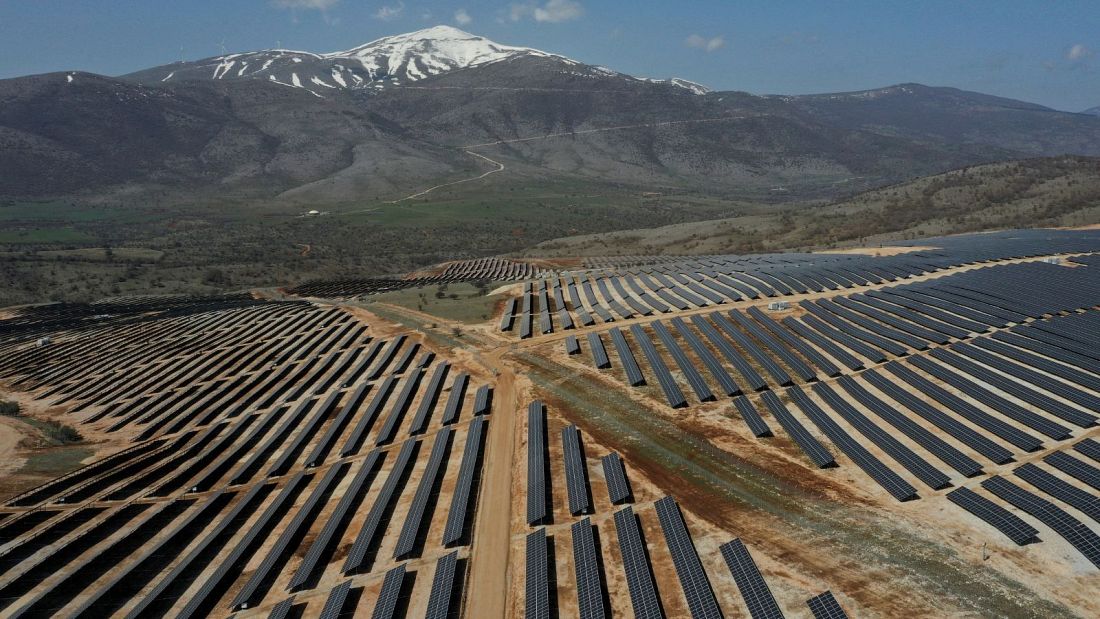
New York State has taken a big renewable step forward with its largest rooftop solar installation yet. Recently, the state unveiled its largest rooftop solar project stationed atop the Medline Industries distribution center. This landmark achievement not only fortifies New York’s commitment to green energy but also serves as a beacon for other states to follow.
Tucked away at the expansive Medline Industries distribution center, this massive project is a testament to clean energy’s tangible benefits. With the capability to power an impressive 1,600 homes annually, the project is undeniably significant; it is the largest rooftop solar installation in New York state. This initiative boasts a production capacity of 7.2 megawatts to break down the numbers derived from its 17,000 solar panels.
Furthermore, the environmental implications of this largest rooftop solar installation project are profound. New York State expects to reduce its annual carbon footprint by 6,000 metric tons by harnessing the sun’s energy. To contextualize this, it’s akin to removing several thousand cars from the roads each year, paving the way for cleaner air and a healthier environment.
While individual projects like the one at Medline Industries are pivotal, they form part of a much grander scheme in New York’s green energy blueprint. Under the New York Climate Act Goal, the state has set its sights on an ambitious target: generating 6 gigawatts of solar energy by 2025. The largest rooftop solar installation in NY goes beyond just energy production—it’s about redefining the state’s relationship with power consumption and making clean energy an accessible commodity for all.
No significant venture comes to fruition without solid financial backing, especially the state’s largest rooftop solar installation. With its $8 million price tag, the Medline project required considerable investment. PowerFlex, a renowned entity in the clean energy domain, took the lead with a hefty $5 million investment. Their faith in the project’s potential was echoed by the New York State Energy Research and Development Authority, which further infused $3 million through its NY-Sun initiative. Such investments underscore the belief that sustainable projects are ecologically beneficial and economically viable.
Solar energy, while beneficial, remains elusive to many due to the upfront costs associated with panel installation and maintenance. This is where community solar projects step in as game-changers. These initiatives eliminate the need for individual households to install their own panels. Instead, they allow consumers to benefit from solar power by tapping into a shared grid, which receives energy from community-based solar installations.
By integrating solar power into the local grid, residents, irrespective of their housing situations or financial standings, can access clean energy. This communal approach democratizes solar energy access and fosters a sense of community collaboration towards a sustainable future.
New York’s endeavors in solar energy have solidified its reputation as a frontrunner in the U.S. community solar market. The statistics are telling: since 2012, the state has witnessed an astonishing 3,000% surge in solar access. Beyond the environmental accolades, this growth trajectory has ushered in economic prosperity. Over 13,400 individuals now find employment in the solar sector in New York. Additionally, as technologies and methodologies have improved, there’s been a notable 72% decrease in costs associated with solar energy, making it even more accessible.
The unveiling of Medline Industries’ largest rooftop solar installation is not merely a testament to New York State’s green ambitions; it’s a clarion call for other regions to intensify their renewable energy pursuits. As New York strengthens its renewable energy portfolio, its strategies and successes offer valuable insights for broader national and global adoption.
For stakeholders, investors, and the general public, there’s never been a more opportune time to delve deeper into the realm of solar energy. By understanding its intricacies and potential, one can contribute to and immensely benefit from the burgeoning solar sector.
Source Happy Eco News











